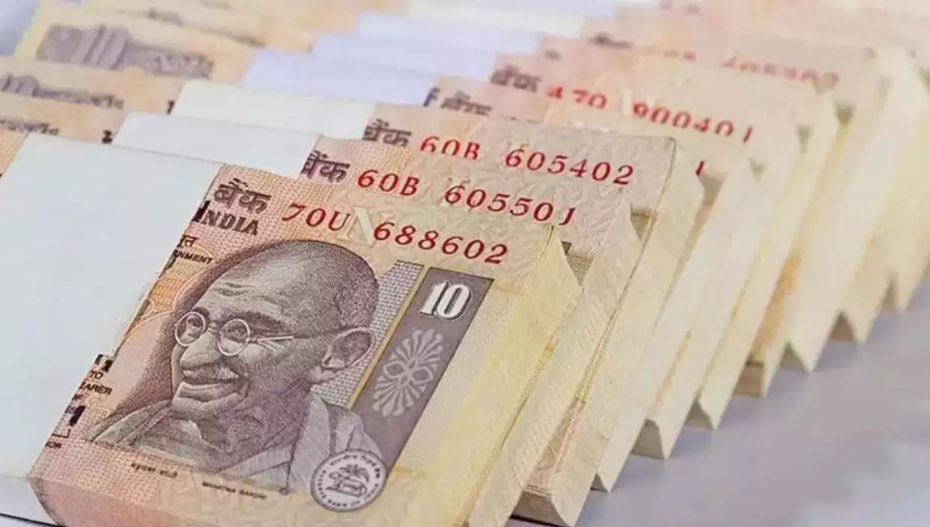There is a high demand for new ₹10 notes in the market during Diwali as people use these notes for customary gifts during the festival. People often line up at banks to get new notes, but banks don’t always have enough supply to meet the demand. As a result, there is a black market for these new notes.
However, the situation is different for ₹10 coins and ₹5 notes, as they are not widely accepted outside of Ahmedabad. The Reserve Bank of India (RBI) has certain regulations in place, and these coins and notes are not always accepted. While there is a black market for new notes during Diwali, there is also a lack of ₹10 coins and ₹5 notes in circulation.
The printing of new ₹10 notes has been reduced due to orders from the RBI, and this has led to a shortage in the market. People are gradually moving towards digital banking, which has resulted in a decreased demand for physical notes. The situation is similar to the ₹2,000 notes, which were gradually phased out.
During Diwali, there is a significant black market for new notes, especially for bundles of ₹1 notes. The price for a bundle of ₹1 notes is ₹1,500, and the resale of a bundle (containing ten bundles) is ₹15,000. The demand for bundles of ten-rupee notes is high, with a bundle costing ₹450, and a resale bundle (containing ten bundles) selling for ₹4,500. Brokers or middlemen are charging ₹300 per day to provide notes to those in need.
In the future, it is expected that physical notes will be phased out, and digital currency will be the primary form of transaction. Digital notes of denominations like 50 paise, ₹1, ₹2, ₹10, ₹20, ₹50, ₹100, ₹200, and ₹500 will be available, and people will be able to transfer money between their wallets and bank accounts online. There will be no need to withdraw physical cash from banks, and all financial transactions will be conducted digitally, with records being maintained by the government.
Also Read: Delhi Govt Plans Artificial Rain To Mitigate Catastrophic Pollution In City












